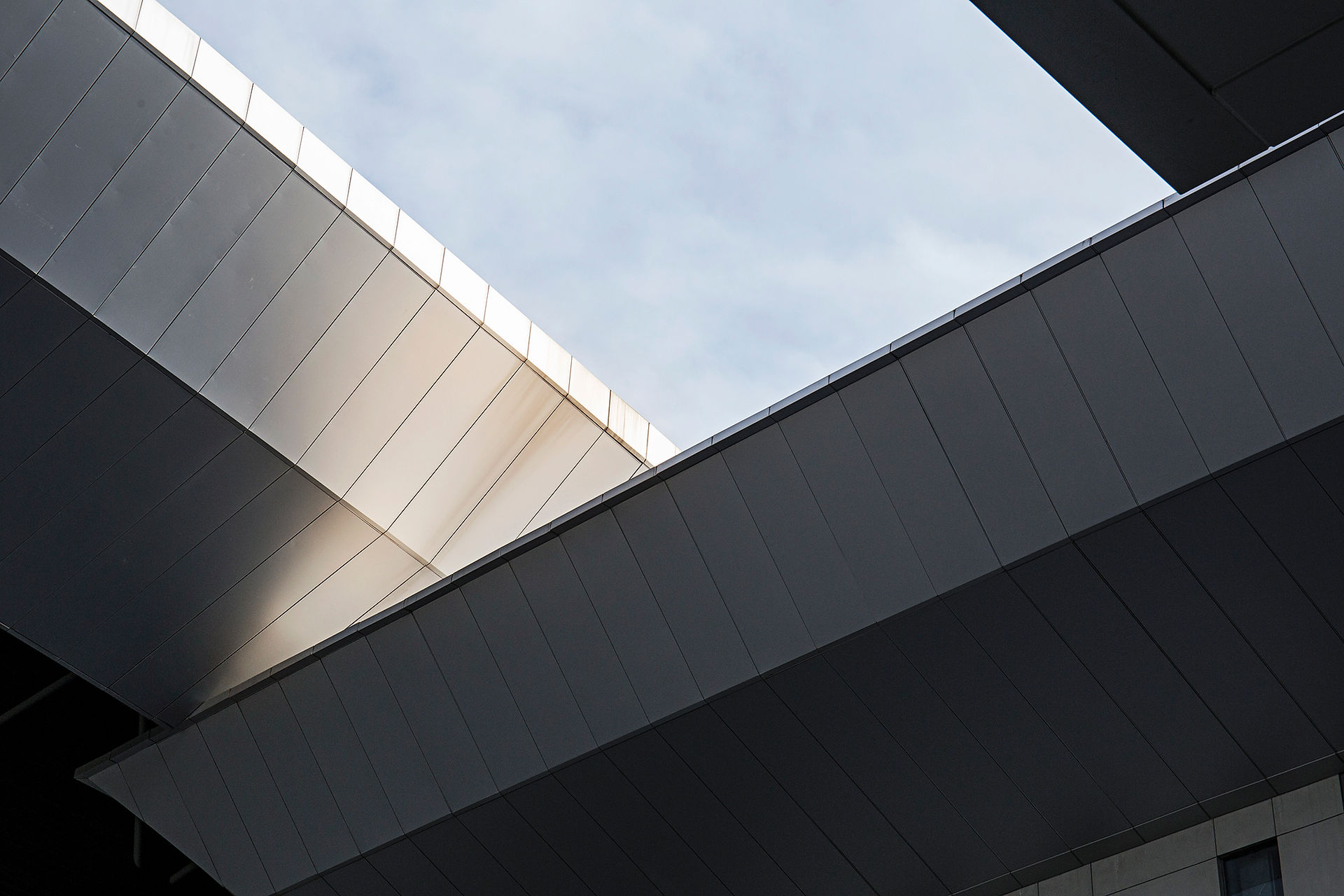Prefabricated & Modular Homes in Australia: The Future of Construction
- Jan Lienemann

- Feb 17
- 3 min read
Updated: Mar 5
Australia’s housing market is undergoing a seismic shift. With rising affordability concerns and ongoing construction delays, prefabricated and modular homes are emerging as the solution to the nation’s housing crisis. These modern methods of construction (MMC) are redefining the way homes are built, offering speed, sustainability, and cost-efficiency.
This guide provides the most comprehensive, up-to-date overview of Australia’s prefabrication and modular housing industry, including recent government initiatives, financial sector updates, and innovations from industry leaders like Zen Haus Group.
What Are Prefabricated & Modular Homes?
Prefabricated Construction
Prefabrication involves manufacturing building components off-site in a controlled factory environment before assembling them at the final location.
This ensures:
✔ Faster build times
✔ Greater precision
✔ Minimal material waste
Modular Construction
A form of prefabrication, modular construction creates entire sections or “modules” of a building, which are then transported and assembled on-site. These structures can be residential homes, commercial buildings, or even high-rises.
Why Prefab & Modular Are the Future
✅ 50% Faster Build Times - Homes can be move-in ready in six months or less
✅ Superior Quality Control - Built in climate-controlled factories to reduce defects
✅ Energy Efficient & Sustainable - Lower emissions, reduced site disturbance
✅ Cost-Effective - Minimised labour costs, fewer delays
Recent Developments in Australia’s Prefab Industry (2024-2025)
1. Government Support for Prefabricated Homes
Federal Voluntary Certification Scheme (2024)
The Australian Government introduced a Voluntary Certification Scheme to streamline prefab approvals under the National Construction Code (NCC). This removes red tape and increases prefab adoption.
NSW’s $10 Million Modular Housing Trial
In mid-2024, Premier Chris Minns announced a $10 million investment into prefab social housing in Wollongong and Lake Macquarie. This could lead to state-wide prefab adoption. (The Guardian)
2. CBA’s Home Loan Scheme for Prefab Homes (2025)
Historically, banks avoided financing prefab homes due to perceived risks. However, in January 2025, the Commonwealth Bank of Australia (CBA) became the first major bank to offer specialised prefab home loans. With progress payments covering up to 80% of prefab home contracts, this move signals mainstream acceptance of prefabrication. (CBA)
3. The Rise of Industry Leaders Like Zen Haus Group
Zen Haus Group: Australia’s Prefab Trailblazer
Thanks to our exclusive partnership with Steco Centar, a global leader in panelised prefabrication, Zen Haus Group is transforming housing with energy-efficient, durable prefab homes in Australia.
⭐ Rapid Turnkey Completion - From site preparation to handover
⭐ Multi-Storey Wall, Roof & Suspended Floor Panels - Faster, superior builds
⭐ Partnering with Homes NSW & prefabAUS - Expanding prefab adoption
Our latest prefab project in Kurnell, NSW, featured:
✔ Thermo-treated timber cladding
✔ Pre-installed double glazing
✔ Impact-resistant internal wall linings
✔ Curved walls
4. Sustainability & Innovation in Prefabrication
Prefab construction is greener and more energy-efficient than traditional methods. New advances include:
✔ Net-Zero Prefab Homes - Ultra-energy-efficient homes with solar integration
✔ 3D Printed Modular Homes - AI-driven automated prefab manufacturing
✔ Lightweight Prefab Materials - Reduced carbon footprint
The Future of Prefab in Australia
Overcoming Industry Barriers
Despite the clear advantages of prefabricated and modular homes, widespread adoption still faces hurdles. Regulatory frameworks differ between states, creating inconsistencies in approval processes. Additionally, outdated perceptions persist, with some buyers still associating prefab homes with lower quality, despite significant advancements in materials and design. Supply chain constraints, particularly in sourcing specialised prefabricated components, have also slowed down industry growth.
However, with increasing government backing, shifting consumer attitudes, and financial institutions like CBA recognising the sector’s potential, these barriers are gradually being dismantled—paving the way for a more streamlined and widely accepted prefab market.
The Road Ahead
✅ More Government Incentives - Expected prefab housing subsidies
✅ Wider Bank Financing - Other banks will follow CBA’s lead
✅ Increased Consumer Confidence - More prefab homes and government initiatives are hitting the market
Conclusion: Prefab is the Future of Australian Housing
Prefabricated and modular homes are no longer the future - they are the present. With faster build times, better quality, and lower costs, the prefab industry is poised to reshape housing in Australia.
If you’re considering a prefab home, explore industry leaders like Zen Haus Group for cutting-edge designs and turnkey solutions.
📢 Want to Learn More About Prefab?
Ready to Build Faster, Smarter & More Sustainably?
Contact us today to discuss your next prefabricated home project.
📧 Email: info@zenhaus.com.au
🌍 Website: www.zenhaus.com.au
Let’s build the future of Australian housing - together. 🏡✨




Comments